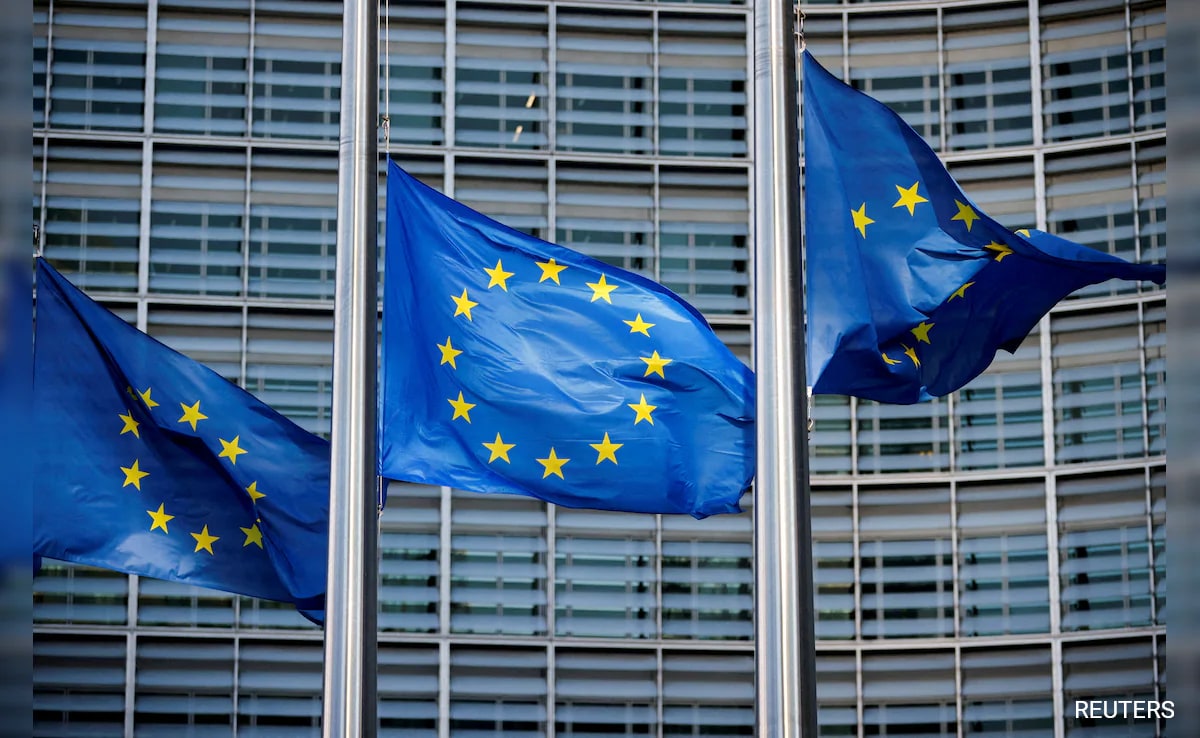In what’s one of the world’s largest democratic exercises, nearly 400 million people across 27 nations are eligible to vote in the European Parliament Elections.
These voters across the European Union (EU) will exercise their franchise from June 6-9 to elect a total of 720 members of the European Parliament. The elected members will play a major role in shaping the priorities of the EU bloc over the next five years, CNN reported.
While the ongoing Russia-Ukraine conflict and Israel’s war in Gaza remain on the minds of voters, the far-right parties are seeking more power in the polls, amid a rise in the cost of living and farmers’ discontent, The Associated Press reported.
During the 2019 election, Ursula von der Leyen won a narrow majority to become the first woman to head the institution. She received 383 votes in favour, 327 against and 22 abstentions.
European Parliament elections: Key issues
At the forefront is Russia’s full-scale invasion of Ukraine, with defence and security being looked up as the key campaign issues.
Among other prominent issues are poverty, jobs, the economy, public health and climate change among others.
At present, the centre-right European People’s Party (EPP) is the largest political group in the European Parliament, having 176 of 705 seats as of the end of the last plenary session in April. Von der Leyen belongs to EPP and is hoping to remain at the helm of the EU’s executive arm after the results are announced.
In the second position is the S and D political group of the centre-left Party of European Socialists. It currently holds 139 seats.
With the election expected to determine the weight of each political force, the MEPs will then elect their president at the first plenary session, from July 16-19. Later, they will nominate the president of the European Commission, after a proposal made by the member states.
European Parliament elections: Voting dates
Held once in five years across the 27-member bloc, the polls this time mark the 10th parliamentary election since the first election in 1979. It’s also the first poll after Brexit.
Voting will take place from Thursday, June 6 and continue till June 9. The initial results are expected by the evening of the same day after the closure of polling stations in all member states.
European Parliament elections: Process of voting
The polling began on Thursday in the Netherlands and will end on Sunday when most countries hold their elections. The voting takes place by direct universal suffrage in a single ballot, with the size of the population determining the number of members elected in each country.
The number ranges from six in Malta, Luxembourg and Cyprus to 96 in Germany. During the 2019 polls, the Europeans elected 751 lawmakers. Post the United Kingdom’s departure from the EU in 2020, the number came down to 705, while some of the 73 seats earlier held by British MEPs were redistributed to other member states.
After the elections, the European Parliament will reportedly have 15 additional members, taking the total to 720. A total of 12 countries are expected to get extra MEPs.
While the national political parties contest the elections, after getting elected, most of the lawmakers later join transnational political groups.
European Parliament elections: Eligibility
The eligibility criteria are diverse and change from one member nation to another. There are a few countries, where people under 18 are allowed to vote. A law adopted in 2022 lowered the minimum voting age to 16 in Belgium. Besides this, nations like Germany, Malta and Austria are also said to be allowing 16-year-olds to vote, while the minimum age to vote is 17 in Greece. Apart from them, the minimum age in all other member states is 18.
Besides this, there is also a minimum age to stand for election. This also ranges from 18 in most countries to 25 in Italy and Greece, the news agency said.














